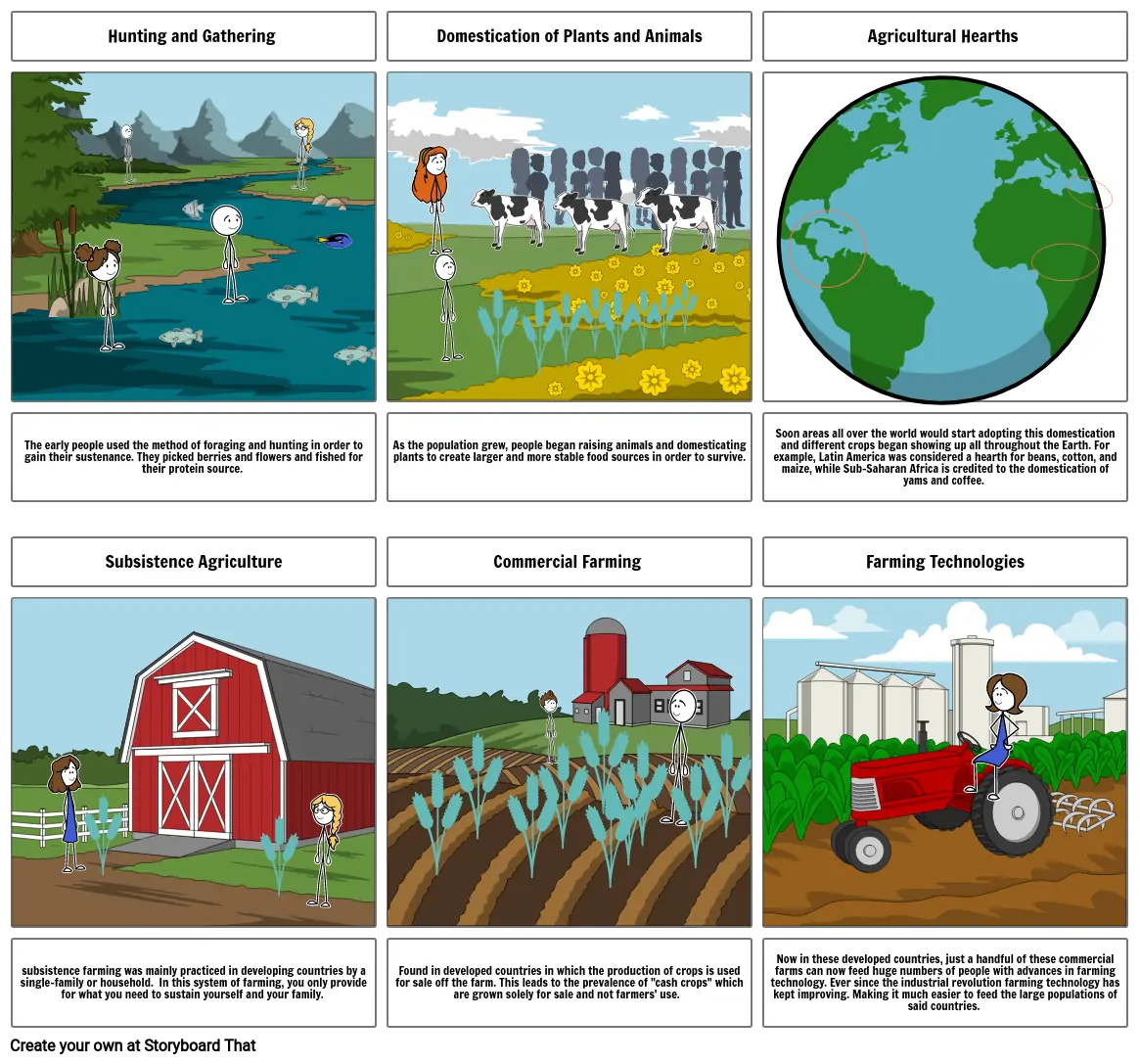Analyzing the Technical Innovations Transforming Precision Farming Today
As the agricultural field grapples with the difficulties of feeding an expanding population and guaranteeing sustainability, technical developments are improving the landscape of accuracy farming. The complete influence of these developments on typical farming practices and their lasting sustainability stays a subject ripe for expedition.
Drones in Agriculture

Drones promote accurate monitoring of big farming stretches, identifying areas requiring interest, such as insect infestations or vitamins and mineral deficiencies. This targeted technique enables the optimized application of plant foods, chemicals, and water, minimizing waste and ecological influence. Drones considerably decrease the time and labor generally required for area examinations, raising efficiency and decreasing functional prices.
Beyond information collection, drones contribute in precision planting and crop splashing, making sure consistent distribution and minimizing ground disruption. The combination of drones into farming exhibits a shift towards data-driven farming techniques, where modern technology not just boosts conventional approaches yet also introduces innovative options for future challenges. As the farming field encounters stress from climate adjustment and population growth, drones offer an appealing method for lasting concentration and resource preservation.
Satellite Imagery Advances
While drones have actually substantially boosted accuracy farming via aerial data collection, satellite imagery remains to play an important function in broadening the scope and scale of farming surveillance. Satellite modern technology supplies large insurance coverage, making it possible for farmers to gain access to critical understandings over substantial areas, which is not feasible with drone innovation alone. This is particularly useful for large-scale ranches that call for thorough, consistent data.
Developments in satellite imagery have brought about significant improvements in resolution and frequency of data capture. This timely information is important for making informed, real-time choices to optimize plant yields and source use.
In addition, the assimilation of multispectral and hyperspectral imagery has enhanced the data top quality, enabling the accurate recognition of plant species, development stages, and stress factors. With device knowing algorithms, farmers can analyze satellite data extra efficiently, projecting crop performance and possible concerns with extraordinary precision. These innovations are essential in boosting lasting farming methods around the world.
IoT in Farming
The development of the Internet of Things (IoT) in farming stands for a standard change in agricultural management techniques, providing exceptional connection and data-driven insights. As IoT gadgets proliferate across farmland, they provide real-time monitoring and control over numerous agricultural procedures. These wise tools, which include dirt sensors, weather stations, and livestock monitoring systems, collect and send information to central systems, allowing farmers to make informed decisions and maximize source usage.
IoT innovation facilitates precision farming by boosting the accuracy of information accumulated from the field. For example, index dirt moisture sensors can detect variants in moisture levels, permitting for exact watering organizing, which conserves water and advertises much healthier plant growth. Environment sensing units give essential details on temperature level and humidity, assisting in insect and disease monitoring with prompt treatments.
In addition, IoT-enabled equipment, such as self-governing tractors and drones, better enhance operations by automating labor-intensive jobs and lowering human error. These technologies not just boost performance but also add to sustainability by decreasing inputs like water, fertilizers, and chemicals. As IoT continues to advance, its combination into farming practices will likely deepen, driving efficiency and sustainability in Web Site the farming sector.
AI-Driven Analytics
Structure upon the robust information collection abilities of IoT, fabricated knowledge (AI) emerges as a powerful device in changing raw information right into workable insights for accuracy farming. AI-driven analytics leverages device learning algorithms to evaluate large datasets accumulated from drones, sensing units, and satellites.

In addition, AI-driven analytics sustain precision farming by offering customized recommendations for planting routines and irrigation monitoring. These understandings assist maximize water usage, lining up with sustainability goals. By supplying real-time understandings and strategic guidance, AI-driven analytics not just improve functional performance yet also contribute towards sustainable agricultural practices, protecting food supply chains for the future.
Robotics and Automation
In the world of accuracy farming, robotics and automation are revolutionizing agricultural website here methods by offering extraordinary performance and precision - commercial farming vs subsistence farming. These modern technologies are increasingly being integrated into different farming processes, from planting and harvesting to surveillance and upkeep. Automated systems, such as self-governing tractors and robot harvesters, enable the optimization of labor-intensive jobs, lowering human mistake and labor expenses. These devices are furnished with general practitioners and sensing units modern technology, allowing them to run with high precision and adapt to varying field conditions.
Moreover, robotic systems enhance plant tracking and management. Drones equipped with imaging modern technology can evaluate big areas swiftly, providing real-time information on crop wellness and dirt conditions. This information is important for making notified choices pertaining to watering, insect, and fertilization control, consequently enhancing yield and resource performance. Additionally, robot weeders and planters increase the precision of these jobs, leading to extra effective use inputs.
The combination of robotics and automation in accuracy farming likewise addresses sustainability issues (commercial farming vs subsistence farming). By optimizing inputs and optimizing results, these modern technologies help reduce environmental impact. As a result, robotics and automation not just transform agricultural efficiency however likewise contribute significantly to sustainable farming practices.
Conclusion
Technical developments are fundamentally improving accuracy farming by incorporating advanced tools like drones, satellite imagery, IoT gadgets, AI-driven analytics, and robotics. These modern technologies collectively enhance farming performance, maximize source usage, and advertise sustainable techniques. Drones and satellite images provide vital real-time data for crop health and wellness analysis, while IoT gadgets and AI supply accurate monitoring of sources such as water and nutrients. Robotics better simplify procedures, causing cost reductions and improved performance, eventually transforming conventional farming approaches.
Reinventing the agricultural landscape, drones have actually arised as a pivotal tool in precision farming.IoT modern technology facilitates precision farming by improving the precision of information collected from the area.Structure upon the robust information collection capacities of IoT, man-made intelligence (AI) emerges as an effective tool in transforming raw data right into actionable insights for accuracy farming.In the world of precision farming, robotics and automation are transforming farming techniques by using extraordinary performance and precision.Technological innovations are basically improving precision farming by incorporating sophisticated tools like drones, satellite images, IoT gadgets, AI-driven analytics, and robotics.
 Anthony Michael Hall Then & Now!
Anthony Michael Hall Then & Now! Judge Reinhold Then & Now!
Judge Reinhold Then & Now! Charlie Korsmo Then & Now!
Charlie Korsmo Then & Now! Macaulay Culkin Then & Now!
Macaulay Culkin Then & Now! Samantha Fox Then & Now!
Samantha Fox Then & Now!